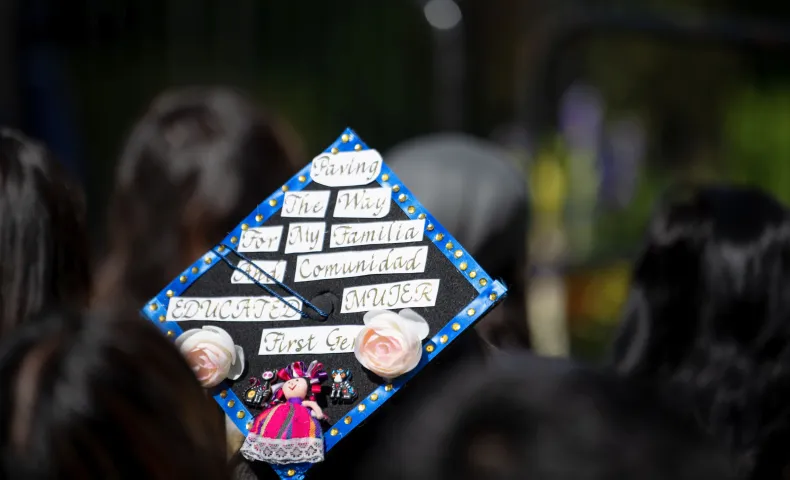
Degrees of Difference
With tuition outpacing inflation and the costs for student housing, books, and other necessities on the rise, students and families are questioning the value of a college degree. As a recent article in The New York Times pointed out, going to college can feel like a financial risk given the expense and the debt that too many students must take on to afford it.
However, data recently collected for the Haas, Jr. Fund by research organization ASA Research shows that attaining a bachelor’s degree is still the big equalizer in U.S. society. Yet, the research also affirms that significant disparities exist for Black, Latino, and Native American students when it comes to college access and attaining a bachelor’s degree in California.
Here are four key facts the research lifts up about these inequities and the immense promise of higher education in California.
#1: Going to college pays off. A college graduate with a bachelor’s degree in California earns roughly twice as much money and accumulates significantly more wealth than a peer with only a high school degree. By 2030, an estimated 40% of jobs in California will require a bachelor's degree.
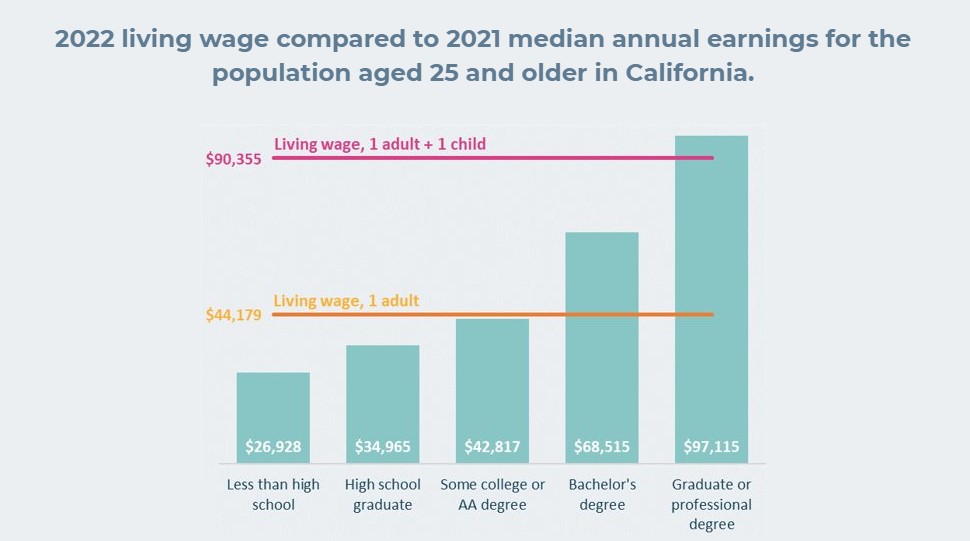
#2: Paying for college can be daunting, but expanded financial assistance makes it more affordable. California’s public higher education was designed in 1962 to provide a seamless pathway to low-cost higher education for all students. Across all three of the state’s public higher education systems (University of California, California State University, and California Community Colleges), total student costs can be reduced by at least half through various financial aid options. The challenge is to expand awareness of and access to aid for more students.
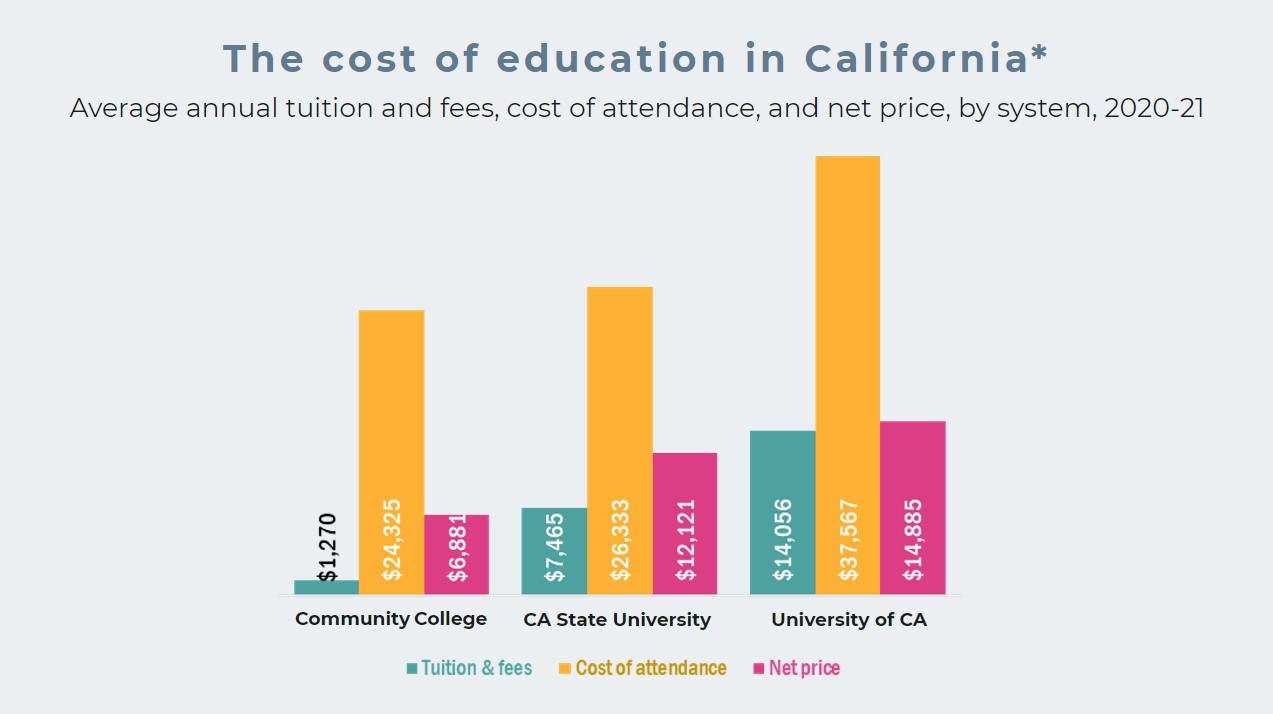
#3: When it comes to completing a bachelor’s degree, Black, Latino, and Native American students are faring worse than white and Asian students. Across all three of California’s public higher education systems, the percentage of Black, Latino, and Native American students completing their degrees and graduating is lower than it is for white and Asian students. Clearly, the state’s colleges and universities need to do more to support these students to persist in their studies and their pursuit of a degree.
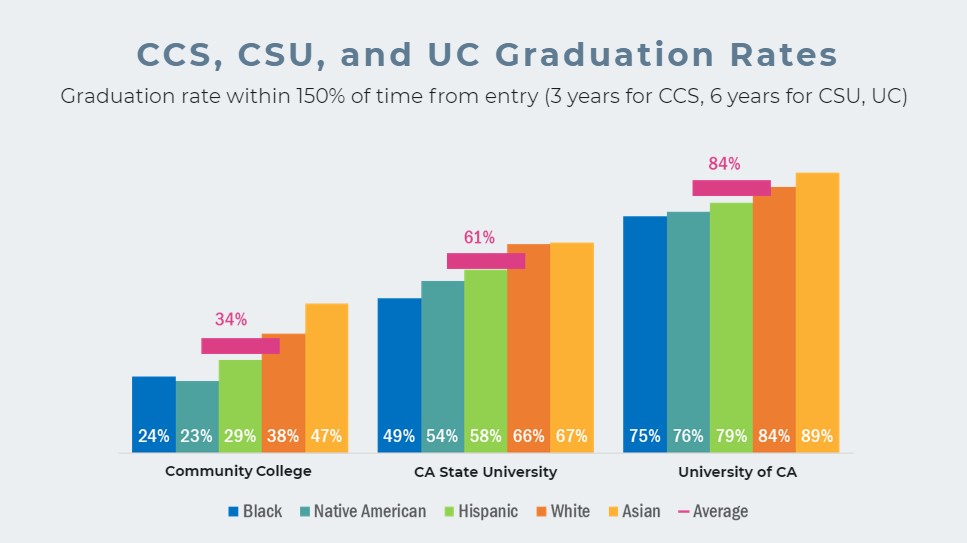
#4: The transfer process from community college to a four-year degree institution is broken. Community college is often seen as an affordable starting point to graduating from a four-year college or university. But while many students from low-income families and students of color enroll in community college to begin their higher education journey, too many get lost in the complexities of navigating the transfer process. Data shows that only 10% of part-time and 14% of full-time community college students transfer and obtain a bachelor’s degree six years after initial enrollment. The data also shows that students who attend and stay in community college full time have a better chance of graduating.
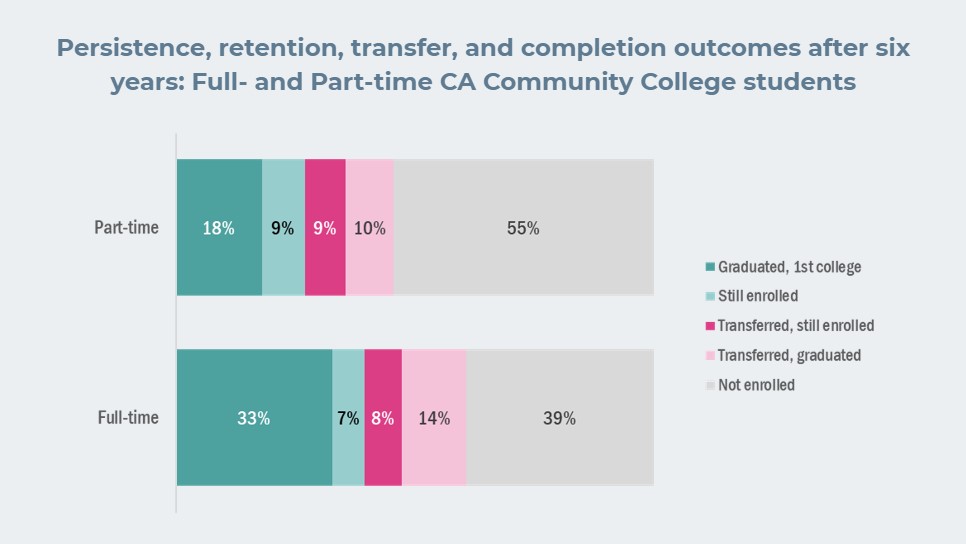
From Research to Action
Improving access to and success in obtaining a bachelor’s degree is a critical step toward achieving equity in educational attainment and economic mobility for low-income students and students of color in California and nationwide.
Working alongside the state's higher education systems and our grantee partners, Haas Jr. aims to support changes that enable more students to realize the benefits of college as a powerful, life-changing investment for them and their families. We believe California can show the nation how college success can provide a promising path to opportunity, equity, and justice.
*Cost of attendance includes tuition, room and board, books, supplies, transportation, loan fees, and miscellaneous expenses. Average net price is generated by subtracting the average amount of federal, state or local government, or institutional grant and scholarship aid from the total cost of attendance.